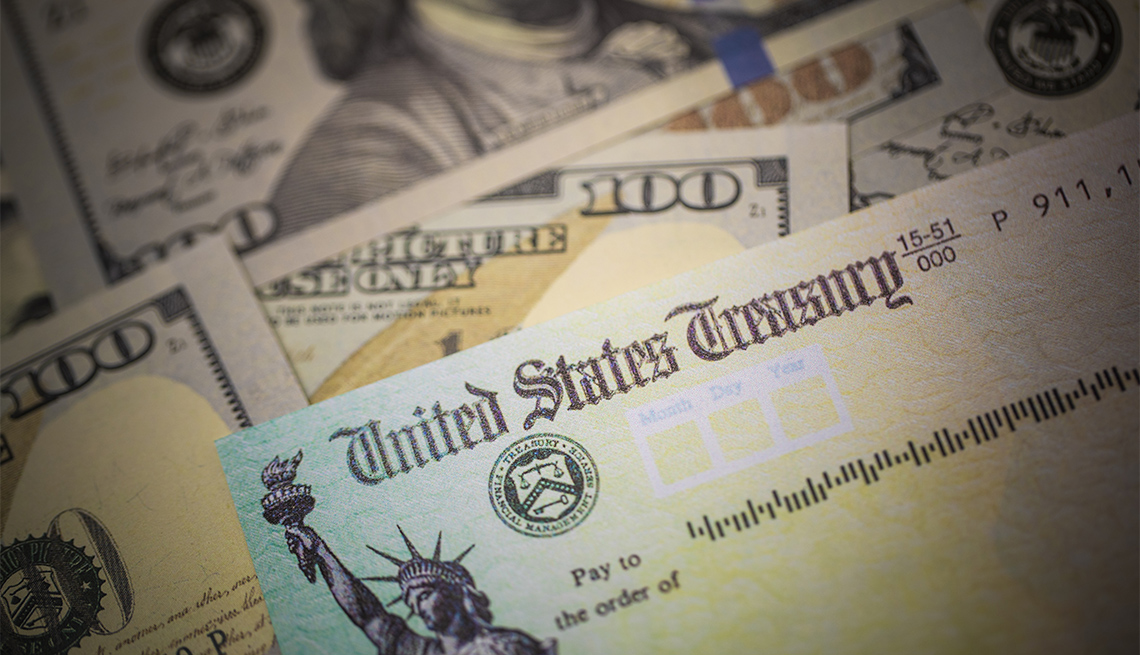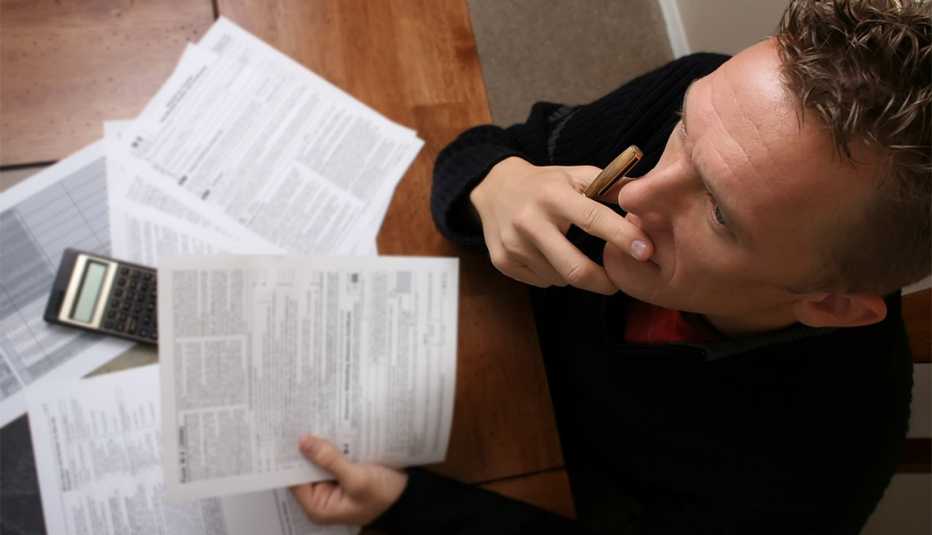AARP Hearing Center
| If you’re wondering when you will get your stimulus check, the Internal Revenue Service (IRS) has an online tool that lets you track when your payment should arrive.
The Get My Payment tool allows many taxpayers to check when they can expect to receive their payment. In some cases, the tool allows taxpayers to add direct deposit information, if it isn’t already on file with the IRS.
Although some people are not eligible for the stimulus payments, for the many who are eligible the checks can be as high as $1,400 per individual and $2,800 per married couple filing jointly. Taxpayers can get an additional $1,400 per dependent.
The IRS, via the Treasury Department, has already sent 127 million payments worth $325 billion. The agency says that more payments will be sent weekly. The payments have been sent by direct deposit, paper checks, and prepaid debit cards.
How to use the Get My Payment tool
If you want to use the Get My Payment tool to see when your check is projected to arrive, you'll need to have your Social Security number, date of birth and the mailing address used on your tax return. Having a copy of your most recent return will speed the process, the IRS says. You will receive one of three messages when you use the Get My Payment tool:


Payment Status. If your payment has been processed, the tool will return a “Payment Status” message that tells you the date it will be sent. If it hasn’t been processed, and you’re eligible, the tool will tell you that the payment date isn’t available yet.
Need More Information. If the tool returns a “Need More Information” message, your stimulus payment was returned to the IRS because the post office couldn’t deliver it. To get it reissued, you can provide a bank routing number and account number, or a reloadable prepaid debit card number. (Earlier stimulus prepaid debit cards are not reloadable.)
If you need to add your bank information for direct deposit, you’ll need to know the type of account you have (checking or savings, for instance), your account number and your bank routing number. You may also need your adjusted gross income (AGI) from your most recent tax return and the refund or amount owed from the latest filed tax return. You may have to answer additional security questions.
To prevent fraud, the IRS tool won’t let you change your bank information on file with the IRS. If you have changed accounts since you filed your most recent return, the payment will get kicked back to the IRS, which will then mail a paper check to the address it has on file.

































































